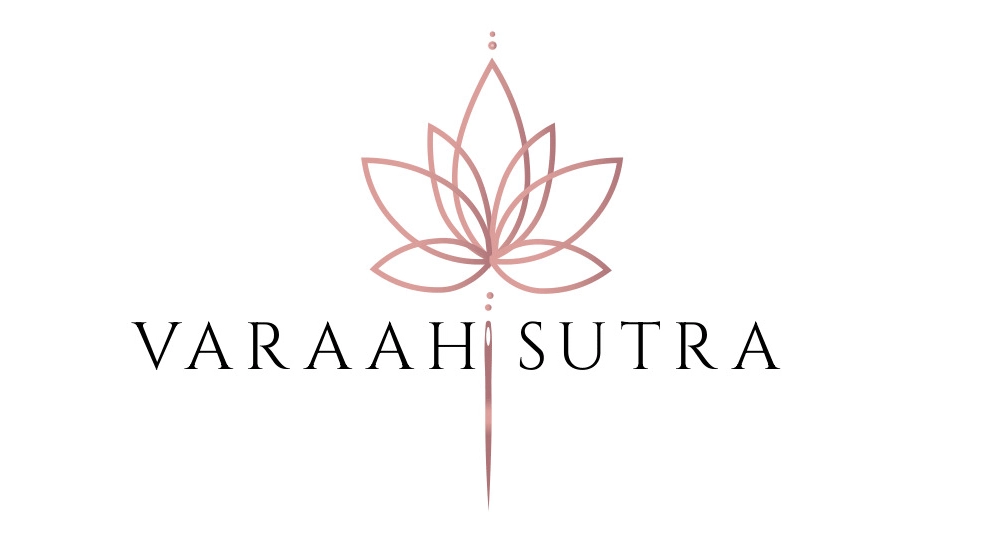Reviving the Soul of Fabric: The Artisans Behind Rajasthan’s Handblock Printing
In the vibrant tapestry of Indian textile heritage, Rajasthan’s handblock printing stands out as a symbol of intricate beauty, cultural richness, and unmatched craftsmanship. Rooted in tradition and patience, this age-old art form isn’t just a printing technique—it’s a story told through hands, hearts, and heritage.
But today, this soulful craft faces a silent threat: mass-produced, machine-made prints that mimic the look but never the essence of true handblock art. The very artisans who carry forward centuries-old skills are fading into the background, overshadowed by cheaper and faster alternatives.
The Magic of Handblock Printing
Handblock printing involves carving delicate designs onto wooden blocks, dipping them into natural or pigment-based dyes, and stamping them onto fabric with stunning precision. This process, often passed down through generations, is a labor of love and legacy.
Rajasthan’s hubs like Bagru, Sanganer, and Barmer are well-known for this craft. Each region boasts its own style and dyeing technique—Bagru for its earthy natural dyes and dabu resist printing; Sanganer for its bright floral patterns.
Every block is carved by hand. Every meter of cloth tells a story. Every color and motif carries symbolism, inspired by nature, folklore, and royalty.
Meet the Artisans: Guardians of a Dying Legacy
Behind every piece of authentic handblock fabric is an artisan—often working long hours under the sun, with minimal resources and maximum dedication. These artisans are more than just skilled laborers—they are cultural custodians, storytellers, and creators.
Despite their mastery, most artisans remain economically vulnerable. Their work is undervalued in a market flooded with machine-made “block print lookalikes.” What takes a handblock artisan a full day or more, a machine can replicate in minutes.
When Machines Steal the Spotlight
The rise of digital and screen printing has created a wave of confusion among consumers. Machine prints are often mislabeled as “handblock,” misleading buyers and unfairly displacing artisans from the spotlight.
These mass-produced fabrics might be cheaper, but they lack the soul of the handmade. The slight imperfections, the alignment marks, the texture of wooden block impressions—these are the signatures of authenticity, not flaws.
When brands sell machine-printed fabric as handblock, they aren’t just selling fabric—they’re selling a lie and robbing artisans of their identity and income.
Why Supporting Handblock Matters
- You’re preserving centuries of Indian heritage
- You’re supporting rural livelihoods and women artisans
- You’re choosing sustainable, low-waste practices over industrial pollution
- You’re wearing a story—crafted with care, time, and tradition
How You Can Help
- Buy from ethical brands that are transparent about their sourcing
- Ask questions—Is this really handblock? Who made it?
- Learn to spot the difference: Real handblock shows signs of manual work—uneven patterns, dye seepage, and stamping errors
- Celebrate the makers, not just the product

